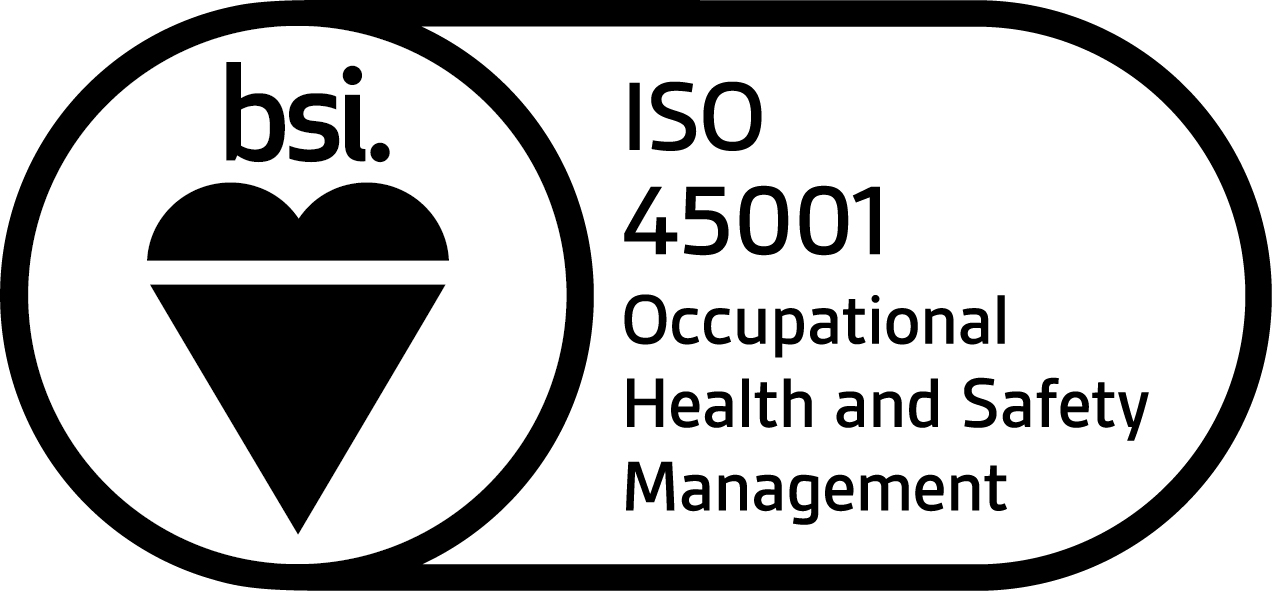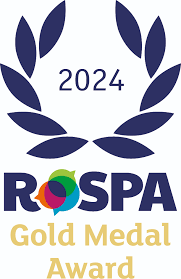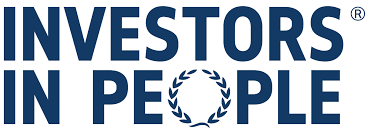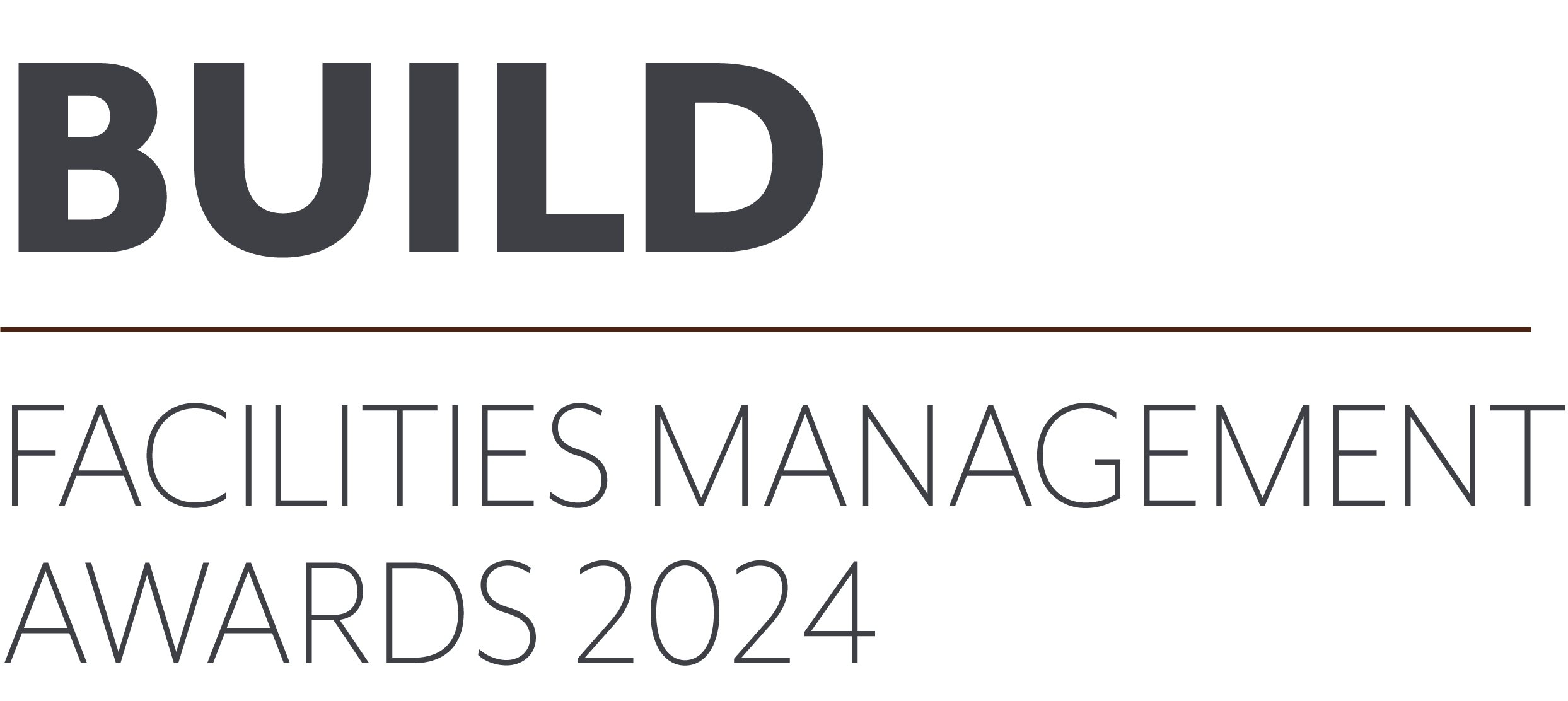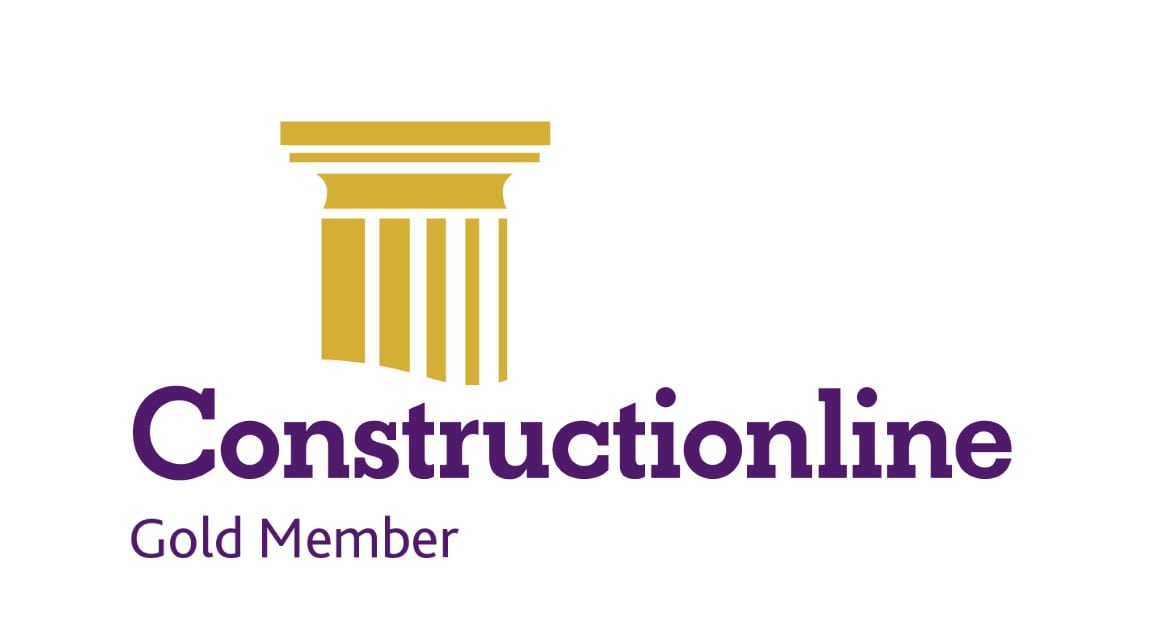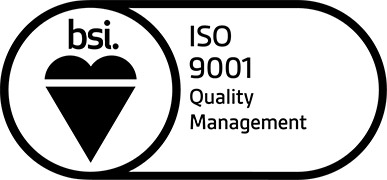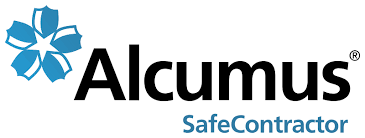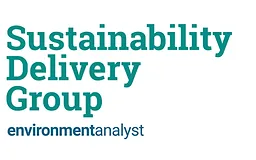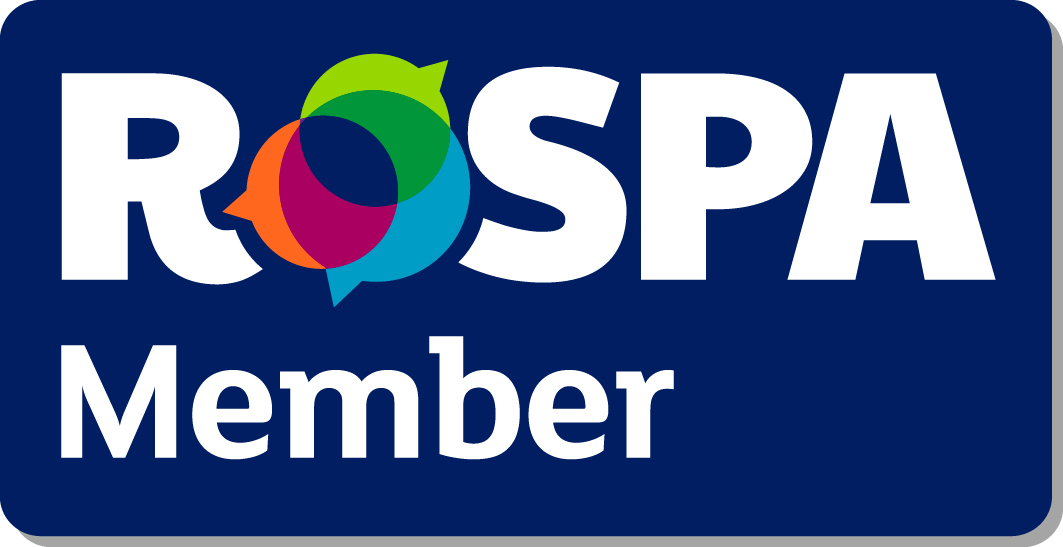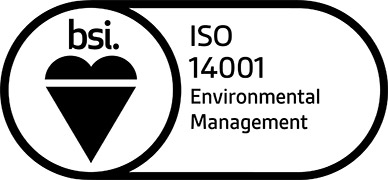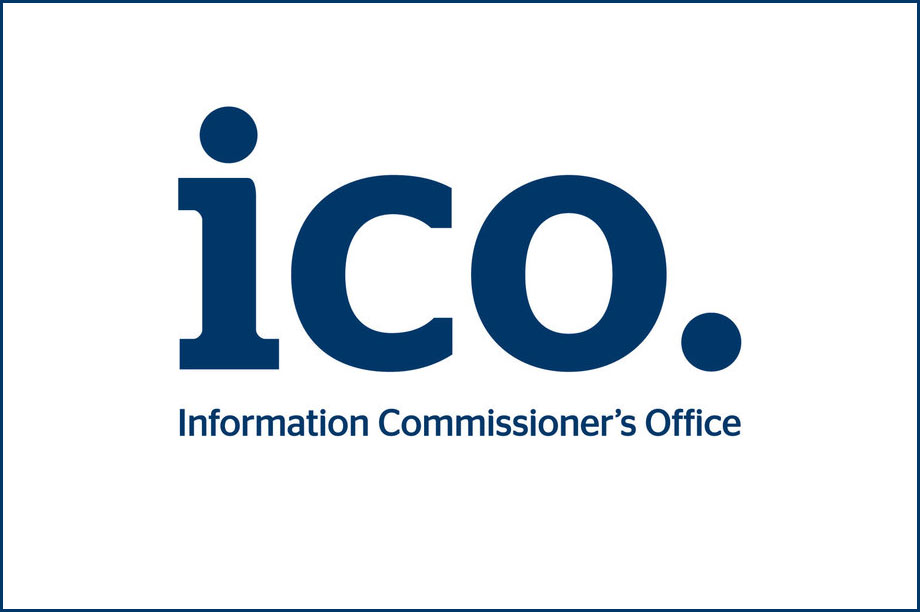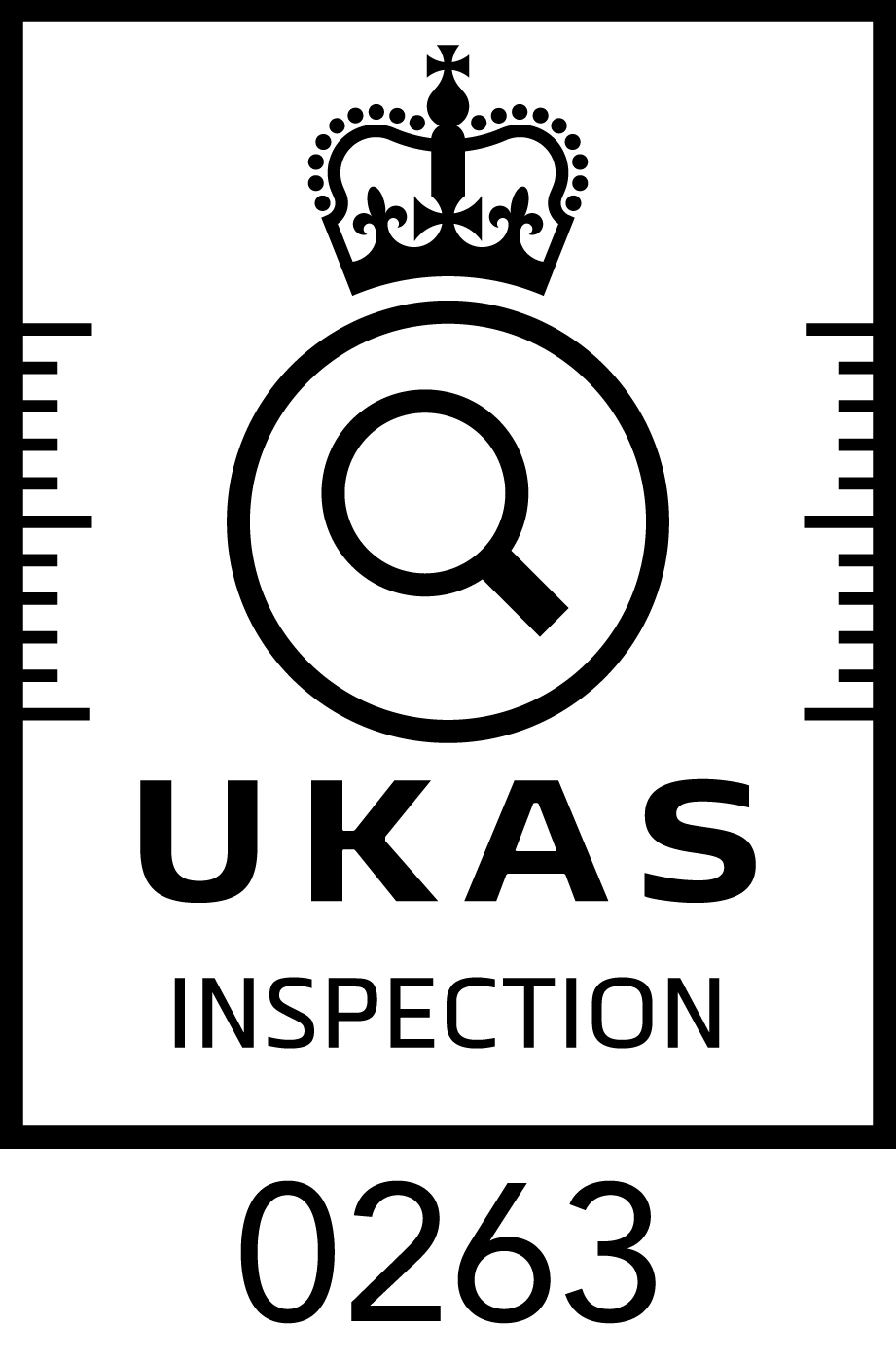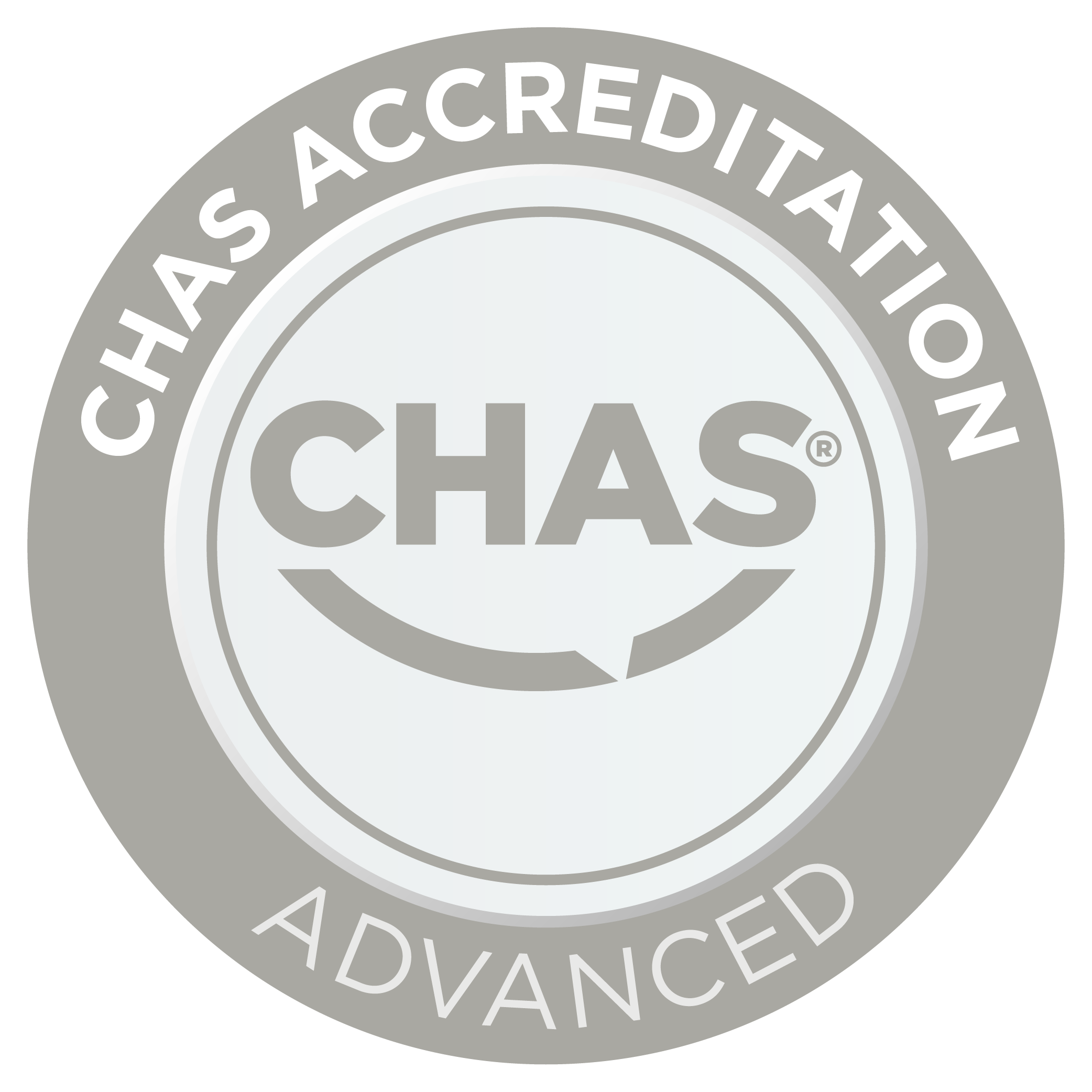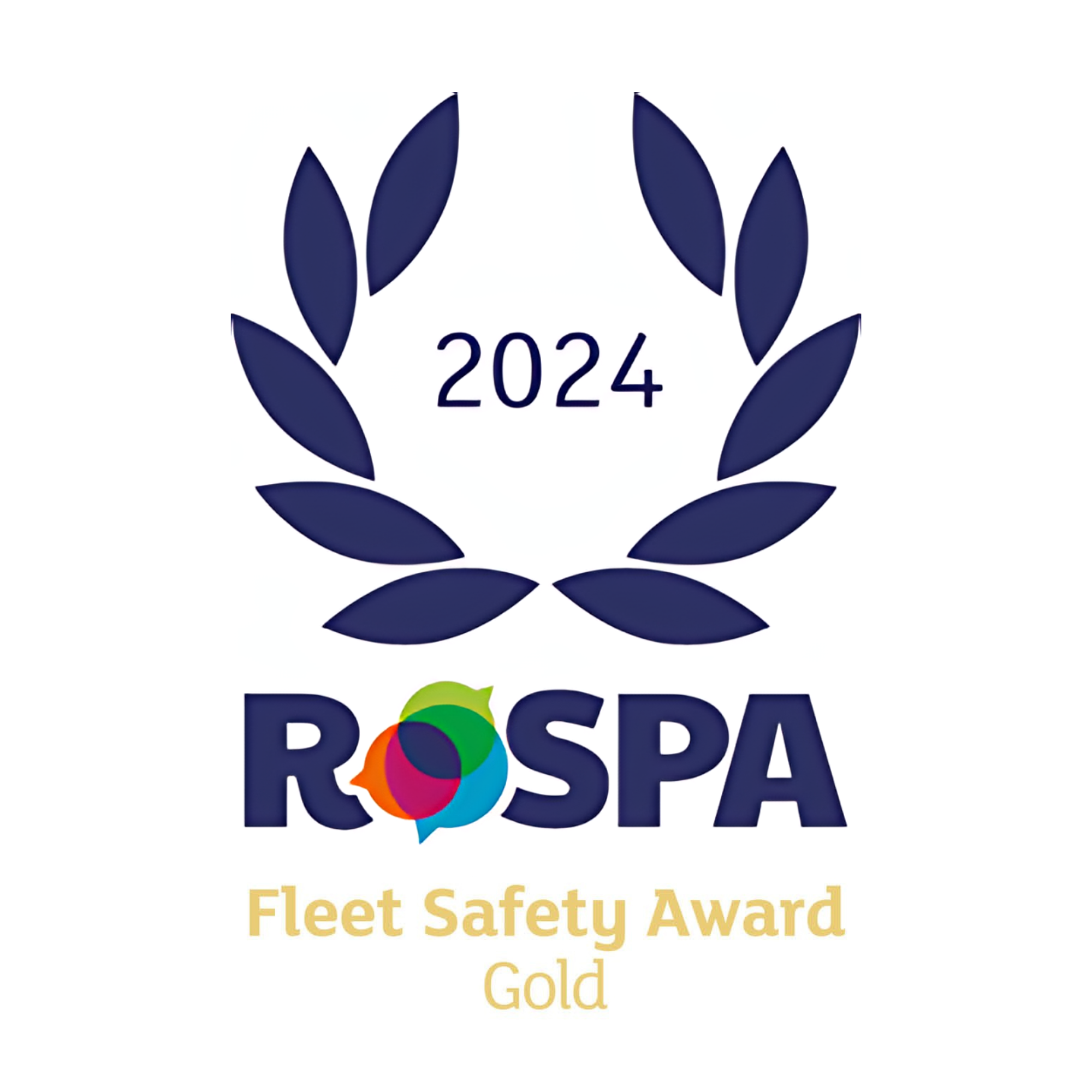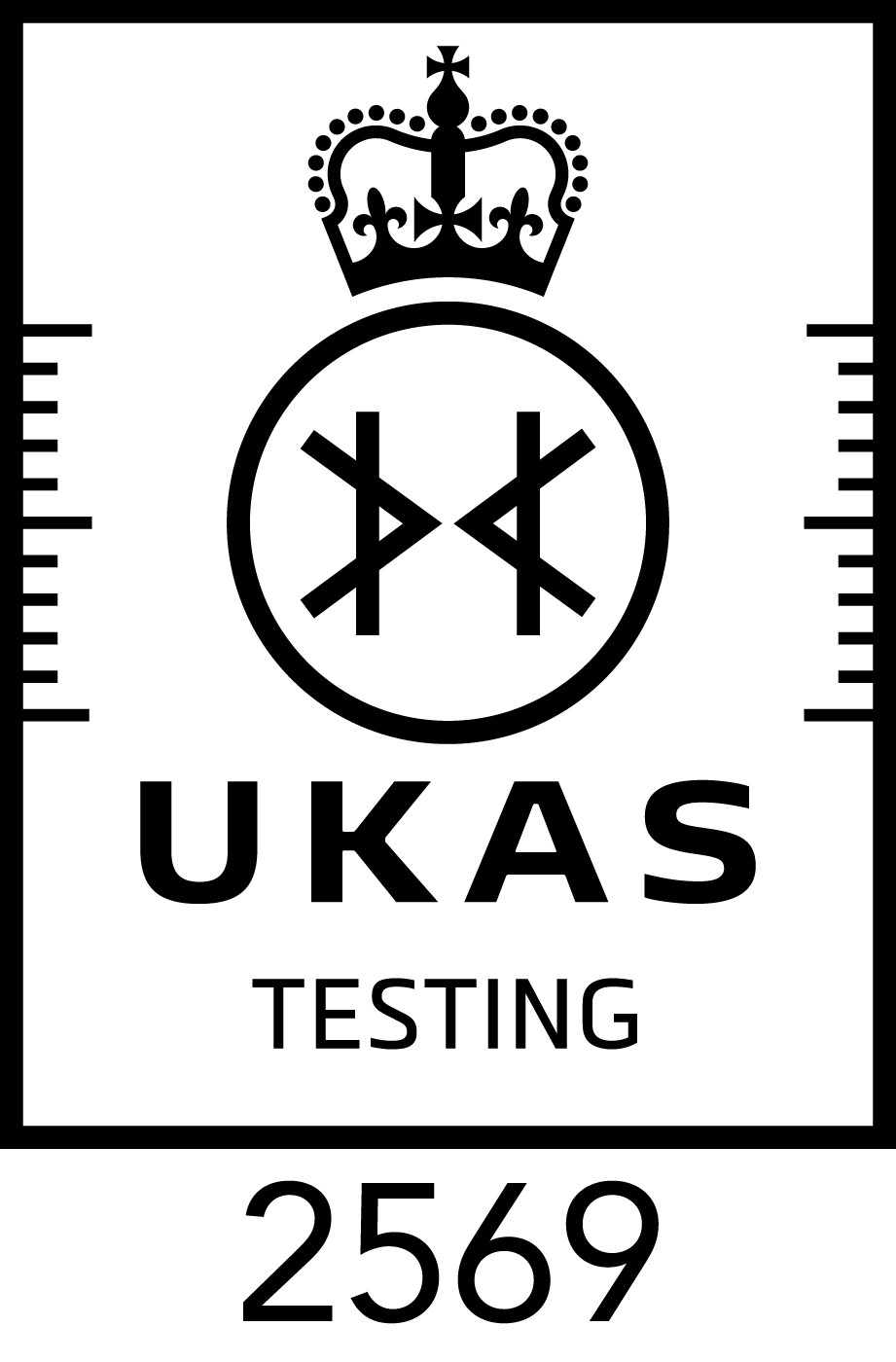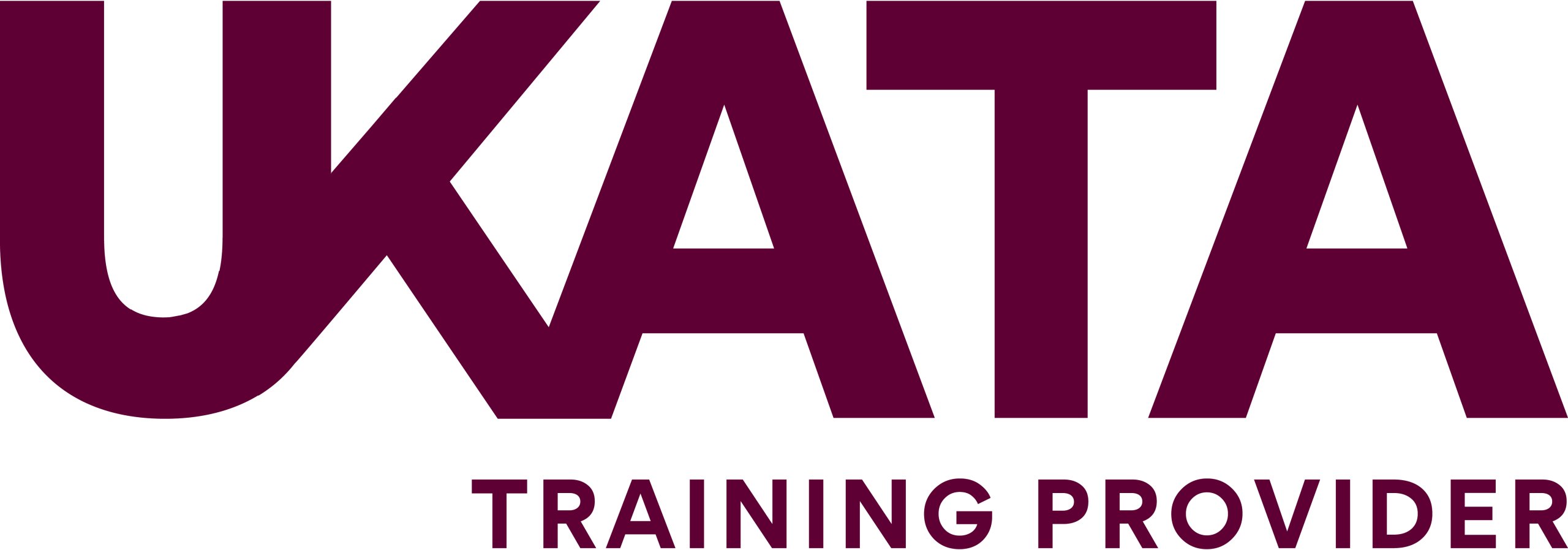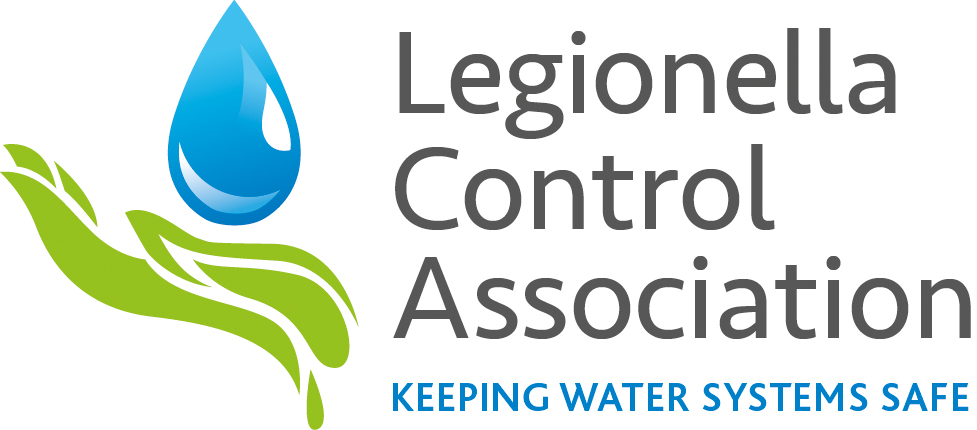Protecting people and planet
Protecting people and planet
Protecting people and planet
Protecting people and planet
Protecting people and planet
Lucion Environmental Develops Bespoke Accredited Asbestos Testing Service Enabling The Reuse of Gypsum

Lucion Group
10th September, 2020
UK market leaders in accredited asbestos testing, inspection, and consultancy services, Lucion Environmental, have expanded their laboratory services to include testing for asbestos fibres in gypsum powder, a derivative of recycled gypsum-containing products such as plasterboard.
What is Gypsum?
Gypsum is a common, naturally occurring soft sulphate mineral that can be found in both crystal and rock forms. Valued for its pliable qualities, sulphur content, and its non-toxic properties, gypsum has a diverse range of applications.
Whilst gypsum has been used for thousands of years (including during the erection of the pyramids), from the 19th century onwards, gypsum has been used in many products such as fertilisers, shampoos, and even toothpaste, as well as many building materials, most commonly plasterboard and plaster materials.
Is Gypsum plasterboard dangerous?
According to European Union Classification, Labelling and Packaging (EU CLP) Regulations gypsum-based plasterboard is not deemed to be dangerous. The UK and Irish manufacturers of Gypsum-based plasters and plasterboards in the UK have no known adverse effects on health and are classified as non-hazardous. The gypsum industry adheres to quality controls for the manufacture or disposal of UK plasterboard.
However, the Health and Safety Executive (HSE) has stated that there are dangers when working with gypsum-based plasterboard where gypsum dust may be emitted into the air and inhaled by workers. With effective control measures in place, the dangers can be minimised to reasonably practicable levels.
How can Gypsum become contaminated with asbestos?
Primarily, gypsum plasterboard can become contaminated during its lifetime before being recycled due to its installation into buildings that have utilised asbestos-containing materials in their construction.
Through innovative processes, old gypsum plasterboard is now being recycled to create new gypsum plasterboard in an effort to create a more environmentally friendly product and reduce wastage and landfills. In order to recycle the plasterboard, the board needs to be broken down into a powder format and then tested for potentially hazardous material contamination including asbestos, before it is handed over to the manufacturer.
What are the dangers of asbestos-contaminated plasterboard?
Like with any potential asbestos containing materials, the dangers of contamination occurs when the asbestos particles are disturbed and become airborne. Airborne Asbestos Fibres can be breathed in and are small enough to reach the deep lung tissue causing asbestos-related diseases. Since 1999 the use of asbestos-containing materials in buildings has been prohibited.
For any asbestos-containing materials in buildings, duty holders and employers have responsibilities to assess and manage the risks of exposure to asbestos and must ensure that the correct information and protective equipment is given to anyone who will come into contact with any potentially harmful substance in line with the Control of Asbestos Regulation (CAR) 2012. During building projects, it is essential that all new materials used are compliant and do not contain asbestos.
How has Lucion adapted their laboratory operations to provide this bespoke testing service?
Working with our client and their required methodology we developed our existing in-house procedures to allow the creation of a suitable test regime in order to satisfy their and UKAS requirements.
Through testing and validation, our Lucion Environmental lab team achieved an appropriate methodology and proved we could identify asbestos fibres in the gypsum powder samples provided, using Scanning Electron Microscopy (SEM) methodology.
This would not have been as easily achievable using the standard Polarised Light Microscopy (PLM), the industry-standard methodology used for asbestos bulk analysis, due to the limitations of the technology.
For the majority of the asbestos industry, asbestos testing and inspection suppliers use Polarised Light Microscopy (PLM) for standard bulk analysis. This technique is useful for detecting asbestos fibres in materials, however, with gypsum testing, there is simply too much gypsum powder to allow for the identification of the asbestos fibres, and so a more accurate method is required to identify asbestos contaminants.
As one of only 3 UK suppliers to hold a UKAS accredited commercially used SEM, our team can identify asbestos fibres to the detection limit of 0.008%, giving our clients the reassurance that the recycled gypsum powder is compliant and safe to reuse.
Why is UKAS accreditation important for asbestos testing services?
United Kingdom Accreditation Service (UKAS) is an independent accreditation body, recognised by the government. UKAS assesses the competence of organisations to perform specific tasks. Our testing and calibration laboratory, the UK’s largest asbestos testing facility, has been assessed to internationally recognised standards, demonstrating competence, impartiality and elite performance.
According to UK Regulations 20 and 21 of the Control of Asbestos Regulations 2012, UKAS accreditation is mandatory for the identification and analysis of asbestos in materials. This requirement includes gypsum.
Our SEM testing suite provides more accurate analysis and risk assessment of asbestos-containing materials, which are also controlled under our UKAS ISO 17025 accreditation for quality assurance from an external body.
In order to fulfil our client’s requirement for the identification and testing of asbestos in gypsum, we achieved a UKAS 'Extension to Scope' accreditation for this test following the assessment visit in February.
As our lab is Europe’s largest asbestos testing laboratory, all of our asbestos testing activities are subject to strict assurance measures to ensure integrity and impartiality. Our BOHS qualified SEM analysts participate in proficiency schemes administered by the Health and Safety Laboratory for external integrity monitoring;
- Asbestos in Materials Scheme (AIMS)
- Regular Interlaboratory Counting Exchange (RICE)
- Asbestos in Soils Scheme (AIS)
- Scanning Electron Microscopy Scheme (SEMS)
- Low Asbestos Content Scheme (LACS)
Our laboratory quality assurance is managed by a Laboratory Assurance Manager (reporting into the Assurance Team) separate from laboratory operations and workload, managed by the laboratory manager, and audited by UKAS.
Click here to find out more about our Scanning Electron Microscopy, our accredited testing and inspection laboratory facilities.
Register for IMPACT Bulletin
Don’t miss a beat - get the latest insights and updates from Lucion straight to your inbox.
